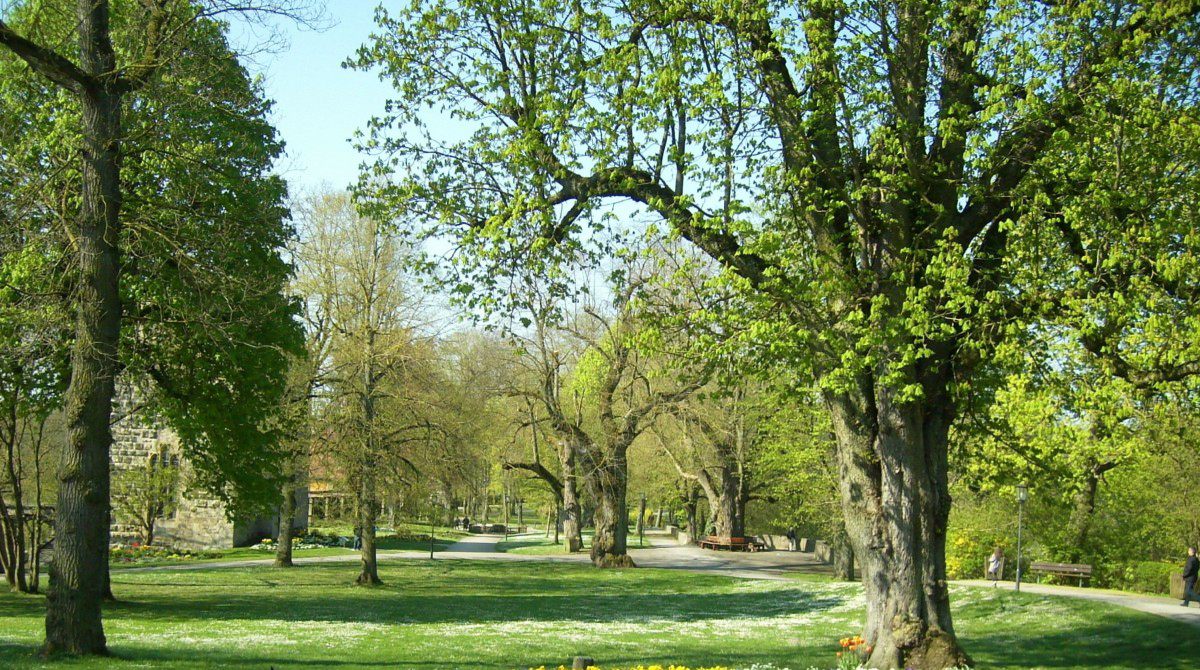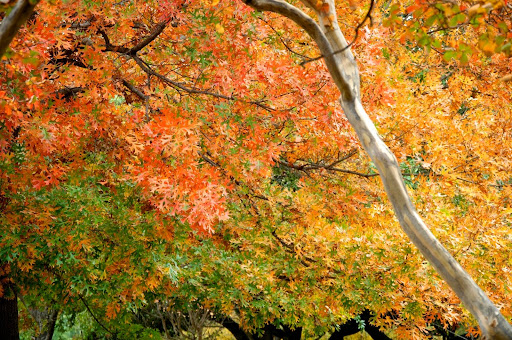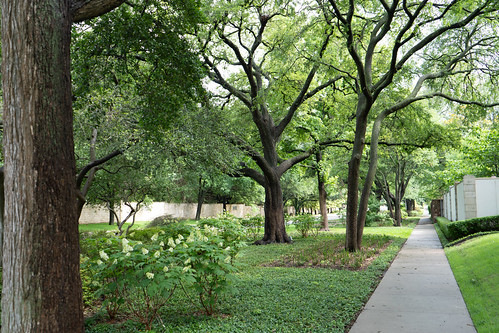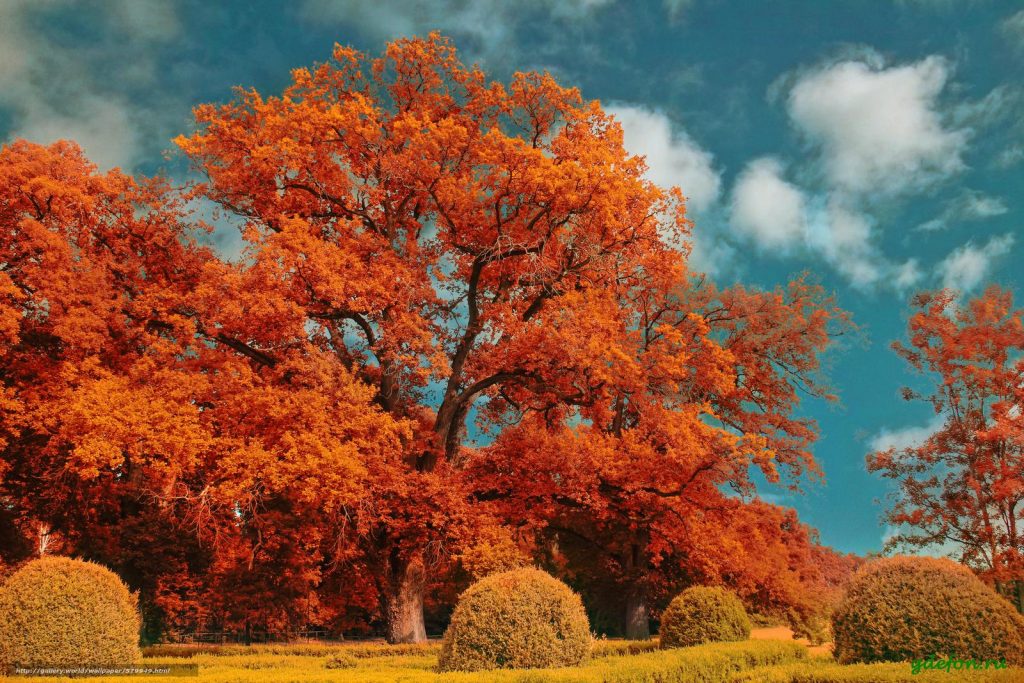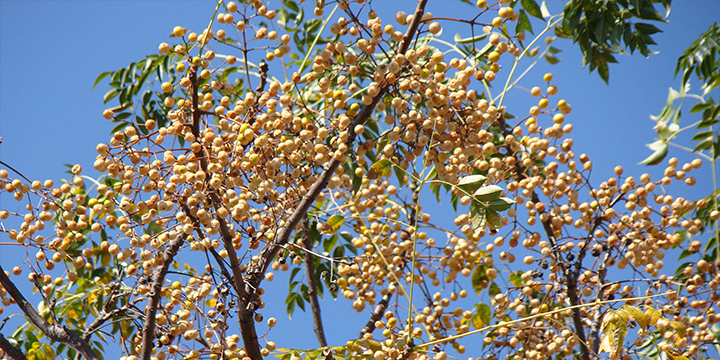
Date June 04, 2020
Category
There are lots of factors to consider when deciding what trees to plant at your home or a property that you manage. Perhaps the most important tree aspect to be mindful of when working on a planting design is the lifespan of trees that you’re considering for your home or property. Did you know that trees are classified as either “long-lived” or “short-lived” trees? Continue reading to learn more about the difference between these two tree categories, and for examples of each tree category that grows right here in North Texas.
The Lifespan of Trees in North Texas
In our area, we have a variety of beautiful trees that live long lives and short lives and thrive in our climate. Here’s an explanation of the different types of trees:
Long-lived Trees
A tree that is classified as long-lived has a life expectancy of at least 100 years. But some trees in this category can live over 1,000 years!
Long-lived trees have a few distinct characteristics. First, since they live long lives, they tend to take their time to grow into the majestic trees they’ll become one day. If you’re looking for a tree to quickly grow in your space and provide you with instant shade, you don’t want a long-lived tree, which can take decades to grow and fill out. That being said, long-lived trees are a great choice if you’re planning a space that you want to have plenty of shade longterm, such as next to a custom-built home you hope to pass down to your children and grandchildren, on a campus that will serve generations, or in a city park.
Second, long-lived trees tend to grow to be very big trees. You most likely aren’t going to be planting a long-lived tree in the front yard of a home in a standard-sized subdivision because there just won’t be enough room for it on your typical urban lot. That’s because as these trees grow, so do their large, complicated root systems. Long-lived trees need clearance, so they also shouldn’t be planted next to structures, driveways, or sidewalks.
Finally, in order to reach your long-lived tree’s expected lifespan, your long-lived tree is going to need proper tree care and maintenance. Professional tree maintenance such as pruning and mulching should be performed every year, according to your tree’s seasonal needs, to make sure it lives for centuries.
Examples of long-lived trees that grow right here in North Texas include:
- Mexican White Oak (sometimes called Monterrey White Oak), which typically lives for 100+ years.
- Live Oak, which typically lives for 300 years.
- Pecan Trees, which typically live for 300 years.
- Cedar Elm, which typically lives for 100+ years.
- American Elm, which typically lives for 300 years.
Short-lived Trees
Just because their name includes the word “short” doesn’t mean that short-lived trees are a flash in the pan. On the contrary, the lifespan of trees that are classified as short-lived can range up to 100 years, though most typically live somewhere between 25 to 50 years.
And just like long-lived trees, short-lived trees have certain traits that homeowners and property managers need to keep in mind as well. First, short-lived trees tend to grow very fast. This makes sense, after all, since they aren’t expected to last centuries like Live Oaks. This means if you’re looking for a tree that will quickly fill out and provide you with a shade over your home or your front or back yard, you want to select a short-lived variety.
Second, short-lived trees tend to have weaker wood. If you have dreams of planting a tree in your backyard that your children will grow up climbing or you’ll maybe even build a treehouse, you don’t want a short-lived tree. But, their weaker wood makes them a good candidate to plant closer to structures, because with proper tree maintenance they can be more easily pruned around your house or office building.
Finally, homeowners and property managers should know that short-lived trees tend to be shorter in stature. While they won’t grow to be mighty and majestic, many short-lived trees blossom beautifully and make a great ornamental addition to your yard or commercial landscape.
Examples of short-lived trees that thrive in North Texas include:
- Eve’s Necklace, which lives for about 50 years.
- Mexican Plum, which lives an average of 40 years.
- Crapemyrtle, which typically lives 60 years.
- Bradford Pear, which lives up to 20 to 30 years under the best possible conditions and with proper tree care in North Texas.
- Redbud, which lives about 20 years.
Let Us Help You Pick the Best Trees for You!
Now that you know more about the lifespan of trees in North Texas, you can start deciding which trees you want to be planted on your property. We’re happy to help you with the process and to help create an annual tree care plan for you to help maintain them for decades or even centuries to come. Simply call us at tel:(817) 592-6846 for help.
To learn more about What’s the Life Expectancy of Trees in North Texas?, call our Argyle and Southlake based teams at tel:(817) 592-6846 or send us a message.
We’re a little different than the average tree services company.
Learn more about TreeNewal’s ISA Certified Arborists!
Our Dallas/Fort Worth-based tree doctors can explain how sustainable tree care services add more value to your bottom line.
Healthy trees, healthy lives.
